Home>Articles>How Long To Steam Vegetables In Electric Steamer
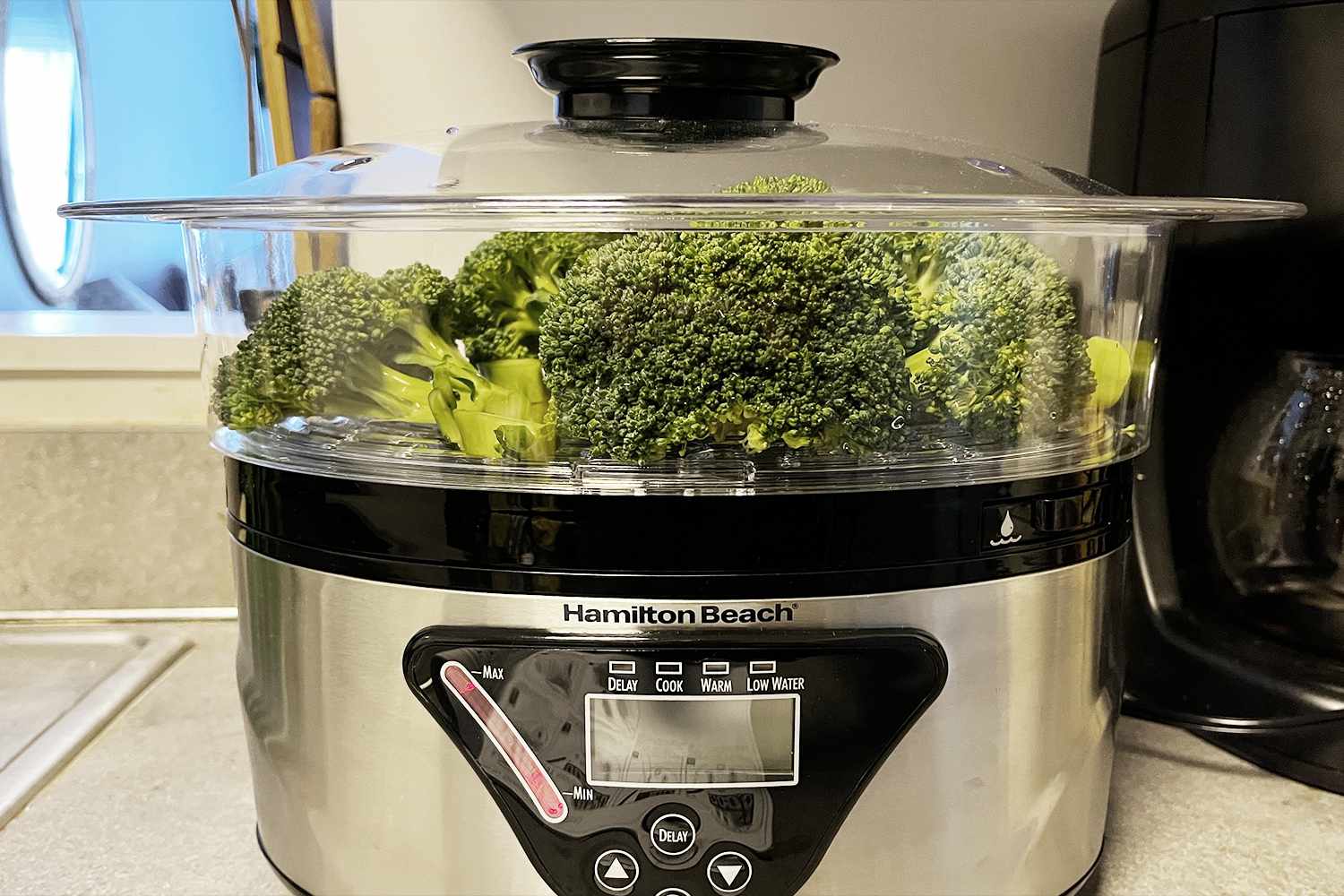

Articles
How Long To Steam Vegetables In Electric Steamer
Modified: March 2, 2024
Learn how to steam vegetables in an electric steamer for perfectly cooked and nutritious dishes. Read our informative articles to get expert tips and guidelines.
(Many of the links in this article redirect to a specific reviewed product. Your purchase of these products through affiliate links helps to generate commission for Storables.com, at no extra cost. Learn more)
Introduction
Steaming vegetables is a healthy and convenient cooking method that helps retain the nutrients and flavors in the food. Using an electric steamer takes the guesswork out of steaming vegetables, allowing you to achieve perfectly cooked vegetables every time. In this article, we will explore the benefits of steaming vegetables, provide tips on choosing the right electric steamer, share guidelines for preparing vegetables for steaming, and discuss the steaming times for various vegetables.
Steamed vegetables are not only delicious but also packed with essential vitamins, minerals, and fiber. Unlike boiling or frying, steaming preserves the natural flavor and vibrant colors of vegetables. This gentle cooking method ensures that the vegetables maintain their crispness and don’t become mushy.
Moreover, steaming vegetables helps retain vital nutrients that can be lost through other cooking methods. Heat-sensitive vitamins such as vitamin C and B complex are better preserved when steaming, making it an ideal choice for those looking to maximize the nutritional value of their meals.
Nowadays, electric steamers have become increasingly popular due to their convenience and versatility. These appliances feature multiple compartments, allowing you to steam different vegetables simultaneously without flavors mixing. They typically come with intuitive controls and automatic timers that simplify the steaming process.
Key Takeaways:
- Steaming vegetables in an electric steamer preserves nutrients, enhances digestibility, and offers low-calorie, time-efficient cooking. Choosing the right steamer and following proper preparation and steaming times ensures delicious, nutritious results.
- Electric steamers simplify the steaming process, offering convenience, versatility, and easy cleanup. Following tips for timing, arrangement, seasoning, and maintenance ensures consistently flavorful, nutritious, and perfectly cooked vegetables.
Read more: How Long To Steam Squash In Steamer
Benefits of Steaming Vegetables
Steaming vegetables offers numerous benefits that make it an excellent cooking method for those looking to prioritize their health and nutrition. Here are some of the key advantages:
- Retains Nutrients: Steaming vegetables helps preserve their natural vitamins, minerals, and antioxidants. Unlike boiling, where nutrients can leach into the cooking water, steaming locks in the goodness, ensuring you reap the maximum nutritional benefits from your veggies.
- Enhances Digestibility: The gentle heat of steaming softens the cell walls of vegetables, making them easier to digest. This can be particularly useful for individuals with sensitive digestive systems or those looking to incorporate more fiber-rich foods into their diet without putting strain on their digestion.
- Preserves Flavor and Texture: Steaming allows vegetables to retain their crispness, vibrant colors, and natural flavors. Unlike other cooking methods that may dull the taste or texture, steaming keeps vegetables tender yet firm, making each bite enjoyable and satisfying.
- Low-Calorie Cooking: Steaming vegetables requires little to no added fats or oils, making it a fantastic option for those looking to reduce their calorie intake or follow a low-fat diet. It allows you to enjoy the natural goodness of vegetables without compromising on taste or adding unnecessary calories.
- Versatile and Time-Efficient: Steaming is a versatile cooking method that can be used for a wide range of vegetables, from leafy greens to root vegetables. Additionally, electric steamers offer convenient features such as timers and multiple compartments, allowing you to steam different types of vegetables simultaneously, saving you time in the kitchen.
- Convenient Cleanup: Steaming vegetables in an electric steamer is not only quick and easy but also leaves you with minimal cleanup. Unlike traditional cooking methods that may involve multiple pots and pans, steaming requires little more than a quick rinse of the steamer after use, making it a hassle-free option for busy individuals.
With these benefits in mind, it’s evident why steaming vegetables has gained popularity among health-conscious individuals and those seeking a fuss-free cooking method that doesn’t compromise on taste or nutrition.
Choosing the Right Electric Steamer
When it comes to choosing an electric steamer, there are a few factors to consider to ensure you select the right one for your needs. Here are some tips to help you make an informed decision:
- Capacity: Consider the amount of food you typically steam. Electric steamers come in various sizes, so choose one that can accommodate your desired portion sizes. If you frequently cook for a large family or enjoy meal prepping, opt for a steamer with multiple tiers or a larger capacity.
- Tiers and Compartments: If you like to steam different types of vegetables simultaneously or cook a complete meal, look for a steamer with multiple tiers or compartments. This allows you to steam different foods without flavors mixing, offering versatility and convenience.
- Control Features: Look for steamer models with intuitive controls and customizable settings. Features like programmable timers, digital displays, and pre-set cooking modes can make your steaming experience more convenient and precise.
- Easy Maintenance: Consider the ease of cleaning and maintenance when choosing an electric steamer. Look for steamers with removable parts that are dishwasher-safe, as this will save you time and effort in cleaning up.
- Durability and Safety: Opt for a steamer made from high-quality materials that are built to last. Additionally, ensure the steamer has safety features such as automatic shut-off and overheat protection to avoid accidents and promote peace of mind while cooking.
- Reviews and Recommendations: Read customer reviews and seek recommendations from trusted sources to get an idea of the performance and reliability of different steamer models. This can help you make an informed decision and choose a steamer that has a good track record.
By considering these factors and prioritizing your specific needs, you can choose an electric steamer that fits your lifestyle and allows you to enjoy the convenience of steaming vegetables with ease.
Preparing the Vegetables for Steaming
Properly preparing your vegetables before steaming is essential to ensure even cooking and maximize flavor. Here are some steps to follow when preparing your vegetables for steaming:
- Wash the Vegetables: Start by washing your vegetables under cold water to remove any dirt or impurities. Pat them dry with a clean towel or paper towel.
- Cut into Even Pieces: For vegetables like broccoli, cauliflower, and carrots, cut them into uniform-sized florets or pieces to ensure even cooking. This allows the steam to penetrate each piece evenly and avoid overcooking some parts while undercooking others.
- Trim and Peel: Trim and discard any tough stems, ends, or leaves from your vegetables. For root vegetables like potatoes or beets, peel them before steaming if desired. However, leaving the skin on can add extra flavor and nutrients.
- Seasoning: While steaming helps vegetables retain their natural flavors, you can enhance the taste by adding seasonings. Sprinkle your vegetables with a pinch of salt, pepper, or your favorite herbs and spices before steaming. This helps infuse the vegetables with additional flavor.
- Arrange in the Steamer: Place the prepared vegetables in a single layer in the steamer basket. Avoid overcrowding the basket, as this can result in uneven cooking. If you have a steamer with multiple tiers, arrange the vegetables in separate compartments based on their cooking times.
- Water Level: Fill the water reservoir of your electric steamer according to the manufacturer’s instructions. Typically, you’ll need to add enough water to produce steam but avoid excess water that might overflow during cooking.
By following these steps, you can ensure that your vegetables are well-prepared and ready to be steamed to perfection in your electric steamer. Remember, proper preparation plays a crucial role in achieving delicious and evenly cooked vegetables.
Steam vegetables in an electric steamer for 10-20 minutes, depending on the type and size of the vegetable. Check for doneness with a fork.
Steaming Times for Different Vegetables
Each vegetable has its own optimal steaming time to achieve the desired level of tenderness without overcooking. Here are some general steaming times for common vegetables:
- Broccoli: Steam broccoli florets for approximately 4-5 minutes until they turn vibrant green and are crisp-tender.
- Carrots: Steam carrot slices or baby carrots for about 6-8 minutes until they are tender but still slightly firm.
- Cauliflower: Steam cauliflower florets for around 6-8 minutes until they are tender but not mushy.
- Green Beans: Steam green beans for about 4-6 minutes until they are bright green and crisp-tender.
- Asparagus: Steam asparagus spears for approximately 4-6 minutes until they are tender but still firm.
- Spinach: Steam spinach leaves for just 2-3 minutes until they wilt down and become tender.
- Zucchini: Steam zucchini slices or spears for about 4-6 minutes until they are tender but not mushy.
- Potatoes: Steam potato cubes or slices for approximately 8-10 minutes until they are soft and easily pierced with a fork.
- Sweet Potatoes: Steam sweet potato cubes or slices for about 10-12 minutes until they are tender and can be easily mashed.
- Brussels Sprouts: Steam Brussels sprouts for around 8-10 minutes until they are tender and can be pierced easily.
These steaming times are just general guidelines and may vary depending on the size and thickness of the vegetable pieces. It’s always a good idea to check the doneness by piercing the vegetables with a fork or tasting a piece to ensure they are cooked to your preference.
Remember, the goal is to achieve a balance between tenderness and retaining some firmness in the vegetables to maintain their texture and nutrients. Adjust the steaming times based on personal preference and the desired level of doneness.
Read more: How To Steam Veggies With A Steamer
Tips for Steaming Vegetables in an Electric Steamer
Steaming vegetables in an electric steamer is a simple and efficient cooking method. To ensure the best results, here are some helpful tips to keep in mind:
- Timing is Key: Pay attention to the steaming times for each vegetable to avoid overcooking or undercooking. Set a timer or use the built-in timer feature of your electric steamer to ensure precise and consistent results.
- Arrange Properly: Arrange the vegetables in a single layer or according to the steamer’s compartments. Evenly spaced vegetables allow steam to circulate around each piece, ensuring uniform cooking.
- Start with Cold Water: When filling the water reservoir, use cold water. This helps the steamer produce steam gradually, allowing the vegetables to cook evenly without sudden temperature changes.
- Check Water Levels: Monitor the water levels during steaming and refill if necessary. Adding too much water can result in excess condensation, while too little water may cause the steamer to run dry, potentially damaging the appliance.
- Avoid Overcooking: As soon as the vegetables reach the desired tenderness, promptly remove them from the steamer to prevent overcooking. Overcooking can lead to loss of nutrients and a mushy texture.
- Seasoning and Flavoring: Enhance the flavor of your steamed vegetables by adding seasonings such as herbs, spices, or a drizzle of olive oil or lemon juice after steaming. This can elevate the taste and make your vegetables more appetizing.
- Experiment with Combinations: Feel free to get creative and combine different vegetables in the same steaming session. This allows you to enjoy a variety of flavors, colors, and textures in one meal.
- Keep it Fresh: Steam vegetables just before serving to retain their freshness and vibrant colors. Steamed vegetables tend to lose their color and texture if left sitting for too long.
- Storage and Reheating: If you have leftovers, store them in an airtight container in the refrigerator. When reheating, opt for gentle methods like steaming or microwaving to avoid further nutrient loss.
- Clean and Maintain the Steamer: Follow the manufacturer’s instructions for cleaning and maintenance. Regularly clean the steamer to prevent any buildup or residue that can affect its performance.
By following these tips, you can ensure that your steamed vegetables turn out flavorful, nutritious, and perfectly cooked each time you use your electric steamer.
Conclusion
Steaming vegetables in an electric steamer is a fantastic way to prepare healthy, flavorful, and nutrient-rich meals. The gentle cooking method retains the natural taste, colors, and nutrients of vegetables, making them a delicious addition to any diet.
With the benefits of steaming vegetables in mind, it’s important to choose the right electric steamer for your needs. Consider factors such as capacity, tiers and compartments, control features, easy maintenance, durability, and safety to make an informed decision.
Properly preparing your vegetables before steaming ensures even cooking and maximizes flavor. Wash the vegetables, cut them into even pieces, trim and peel if necessary, and season to enhance the taste. Arranging the vegetables in the steamer and managing the water level are also essential for achieving optimal results.
Knowing the steaming times for different vegetables is crucial to avoid overcooking or undercooking. Adjust the cooking times based on personal preference and the desired level of tenderness.
To make the most out of your electric steamer, follow tips such as arranging properly, starting with cold water, checking water levels, avoiding overcooking, seasoning and flavoring, experimenting with combinations, serving fresh, storing leftovers correctly, and maintaining the steamer’s cleanliness.
In conclusion, steaming vegetables in an electric steamer is a convenient, healthy, and delicious way to incorporate more vegetables into your diet. By following the guidelines and tips provided in this article, you can enjoy perfectly steamed vegetables that retain their nutrients, flavors, and textures, elevating your meals and promoting your overall well-being.
Frequently Asked Questions about How Long To Steam Vegetables In Electric Steamer
Was this page helpful?
At Storables.com, we guarantee accurate and reliable information. Our content, validated by Expert Board Contributors, is crafted following stringent Editorial Policies. We're committed to providing you with well-researched, expert-backed insights for all your informational needs.
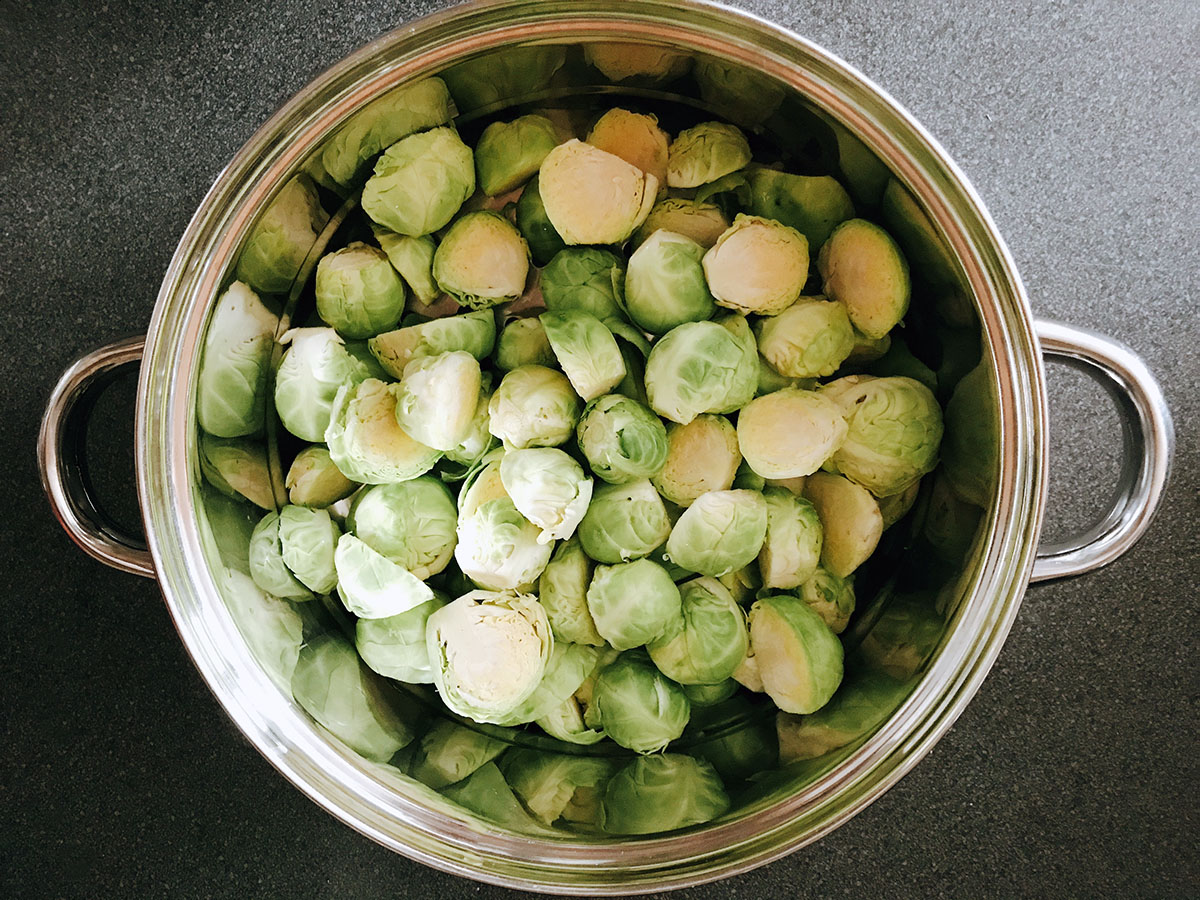
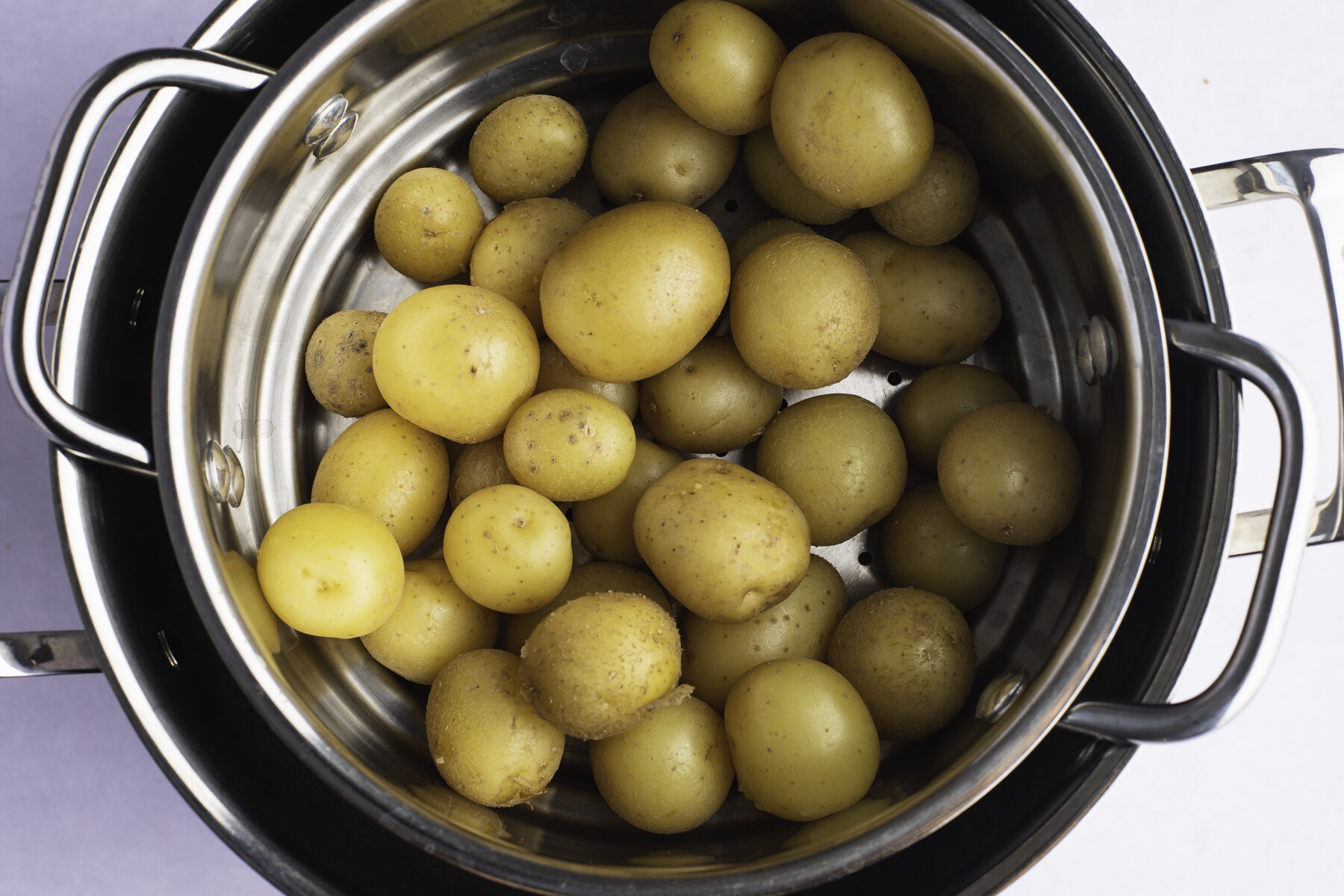


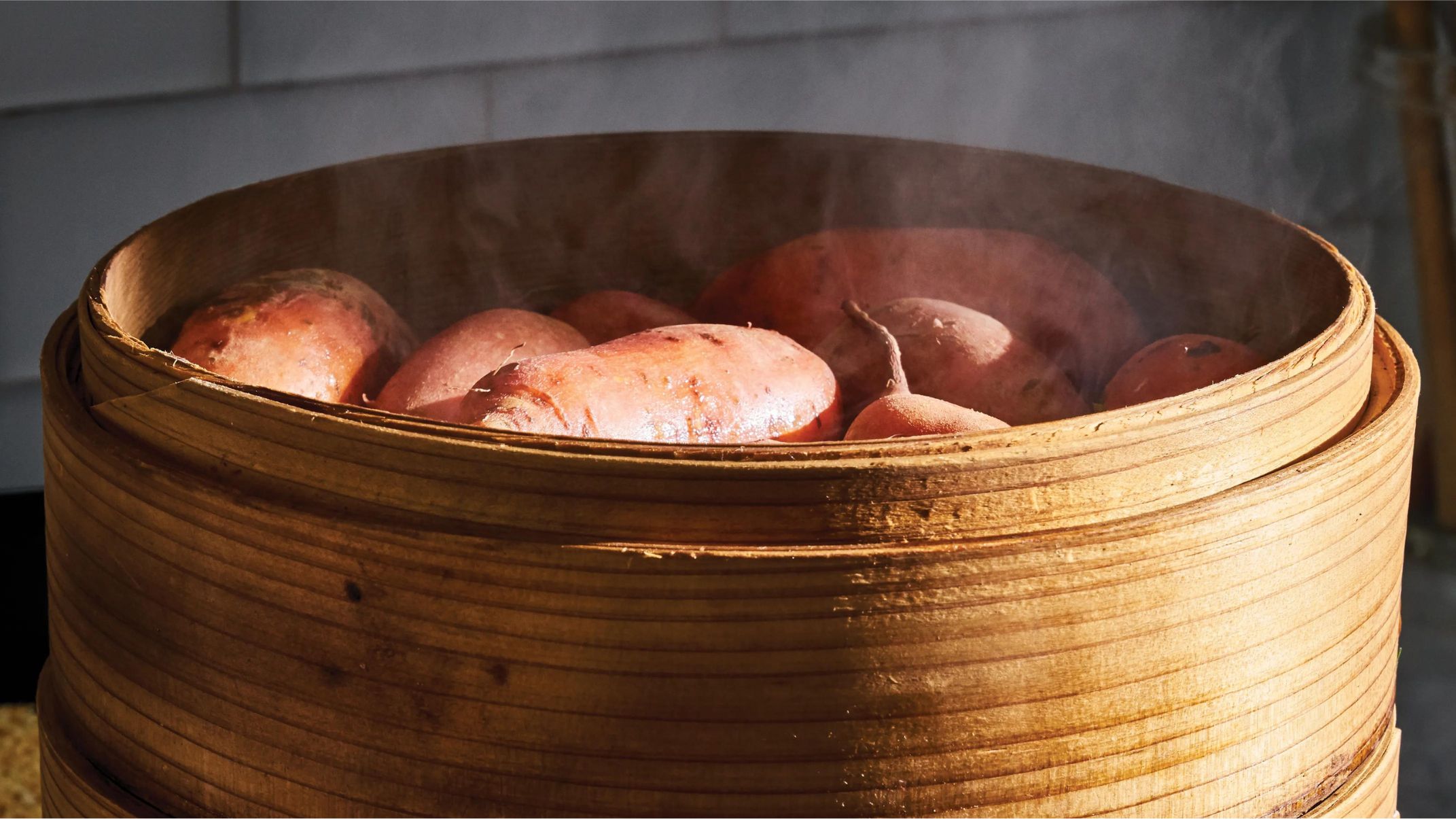
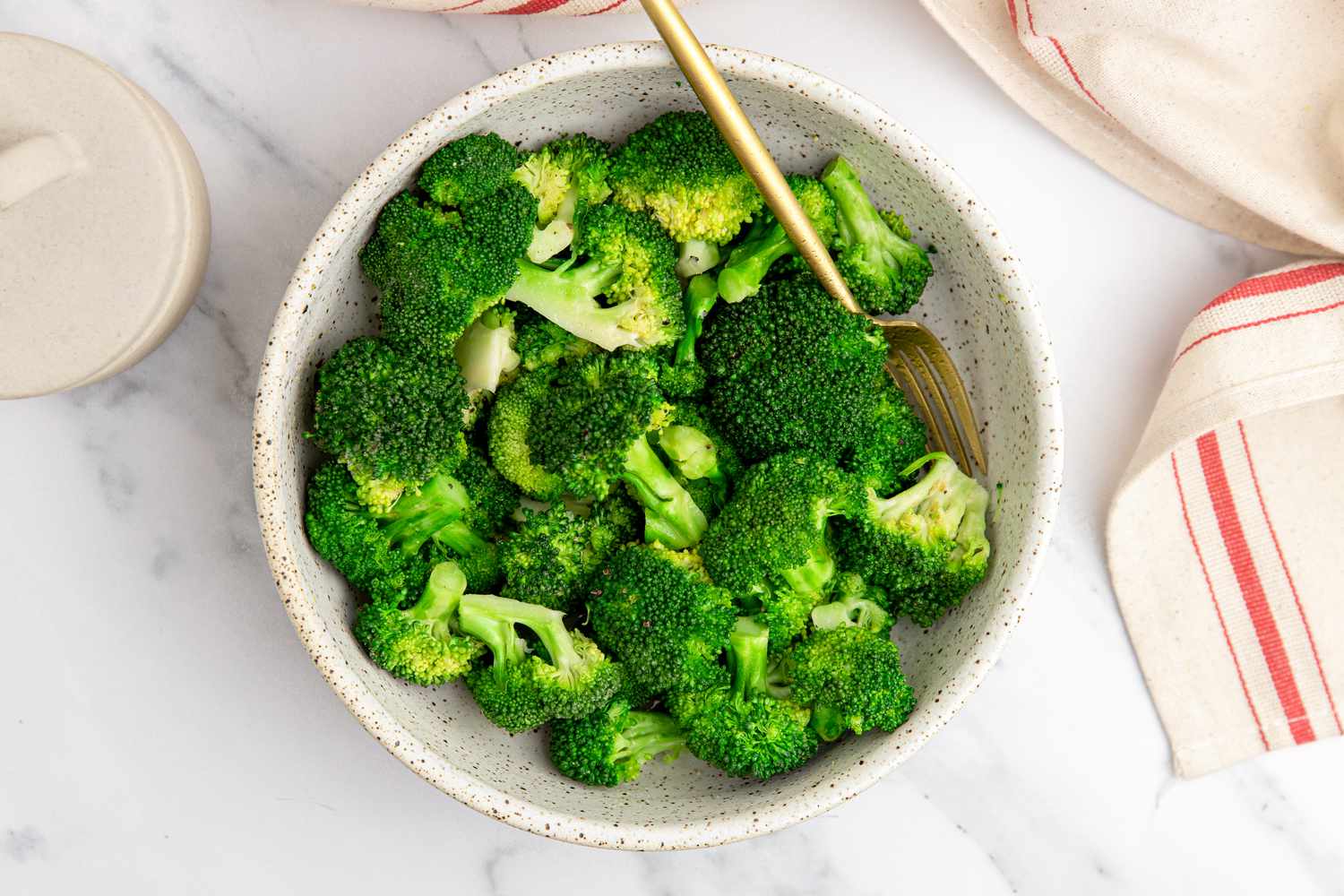
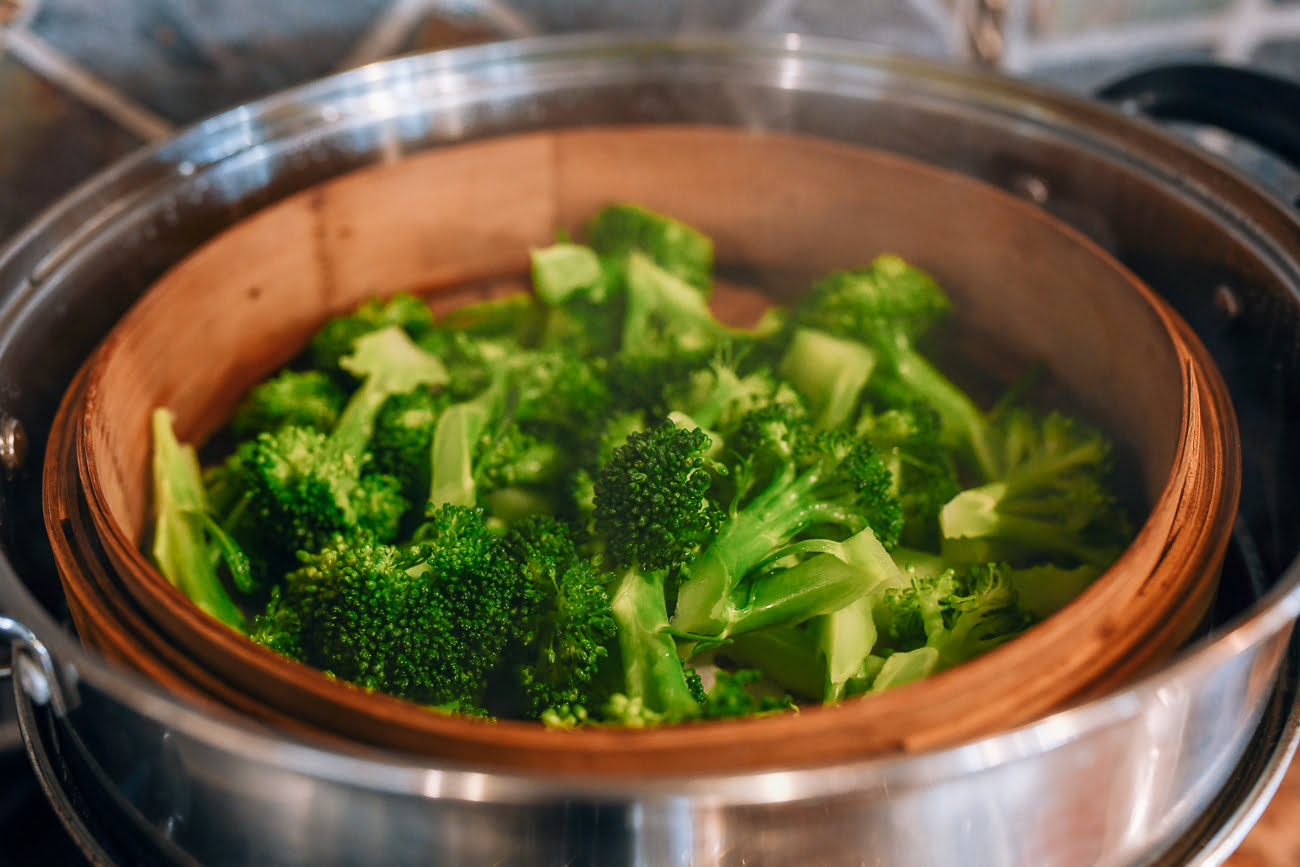
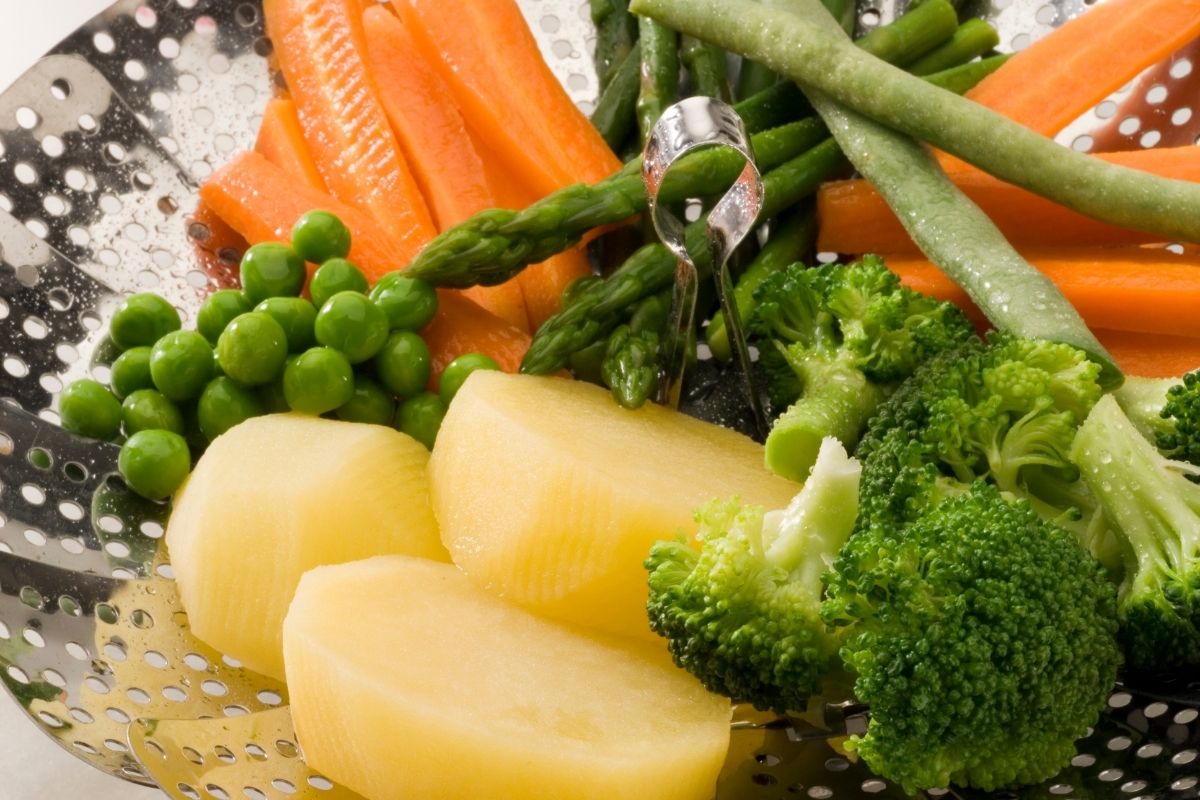
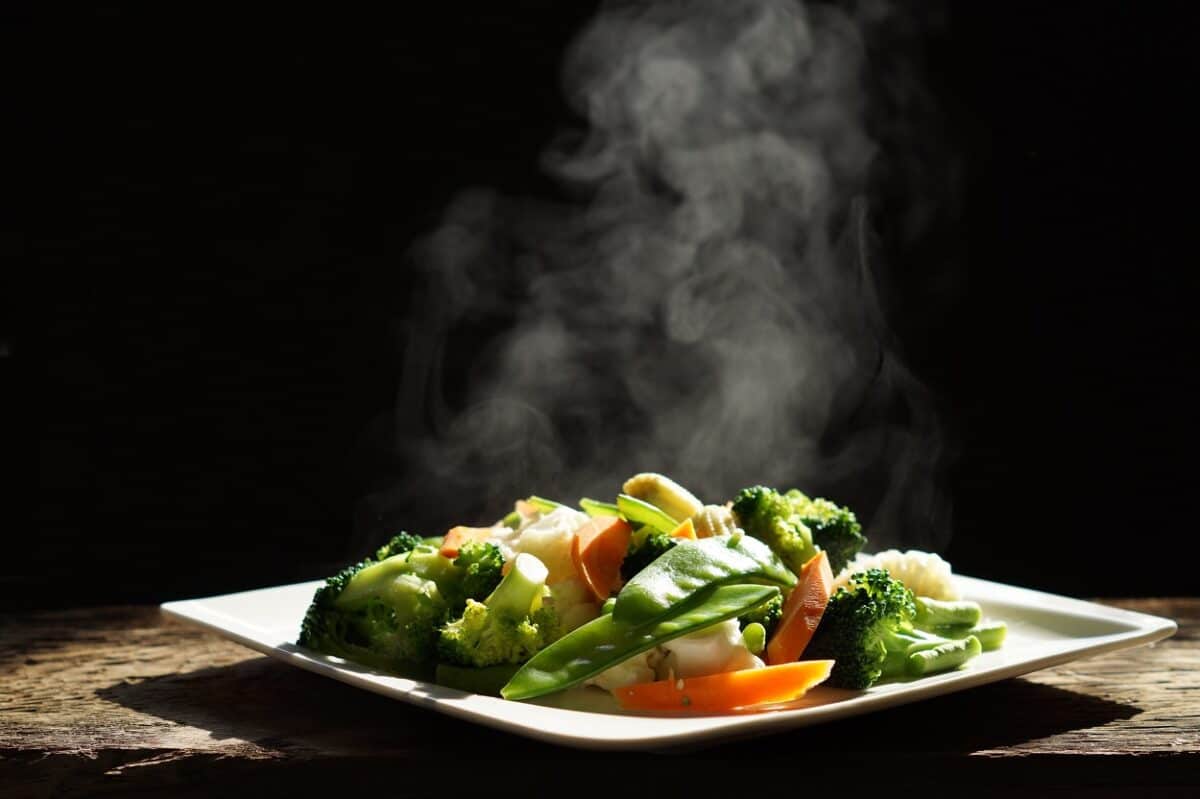
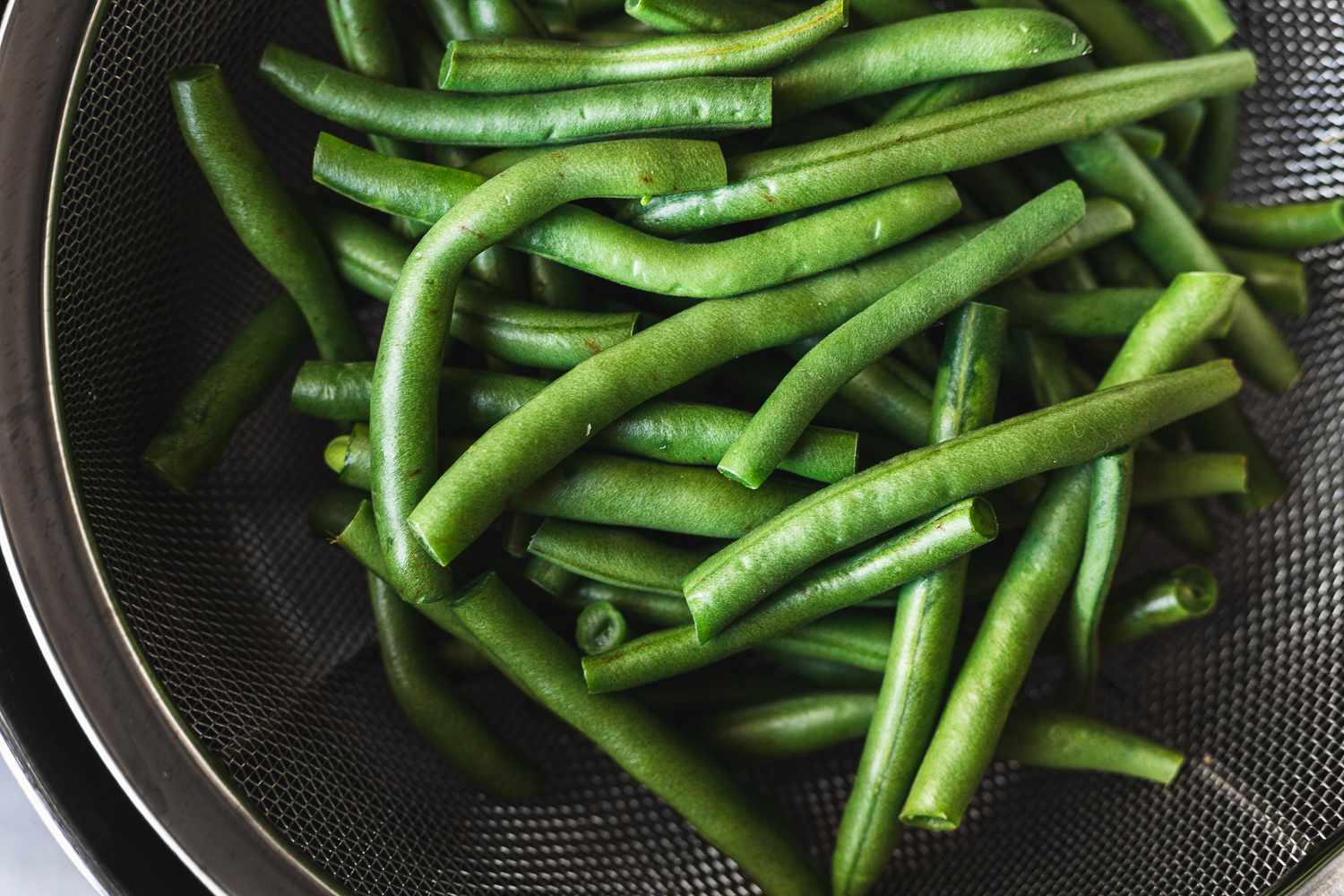

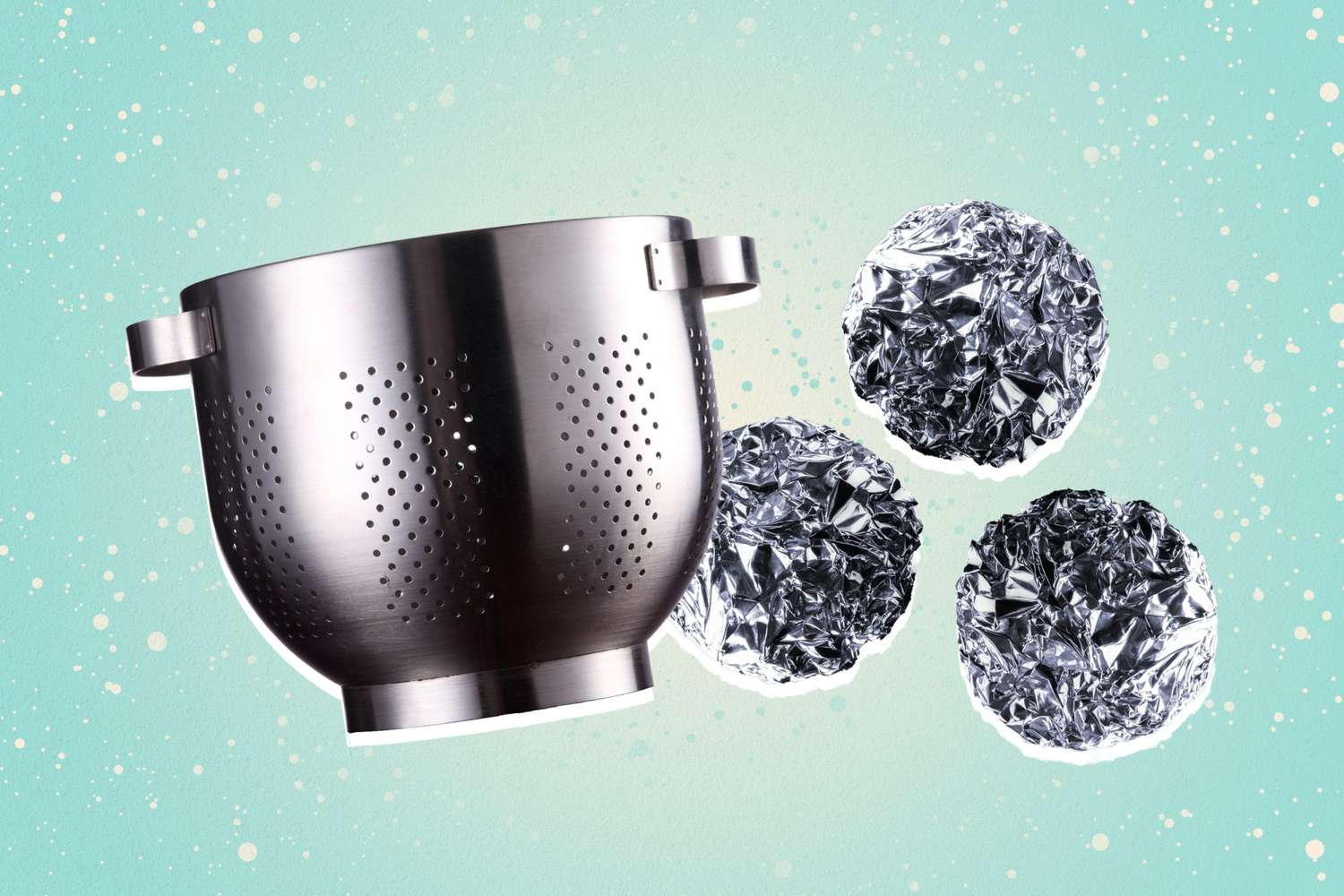
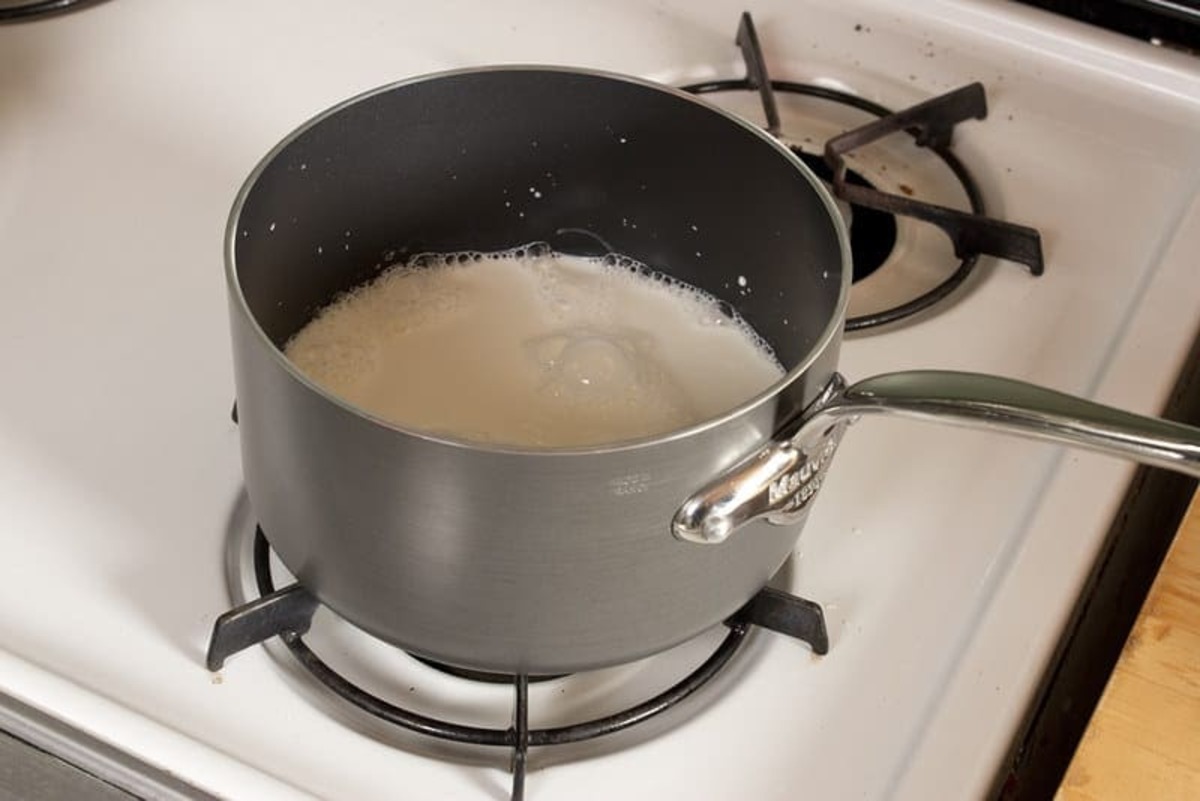


0 thoughts on “How Long To Steam Vegetables In Electric Steamer”